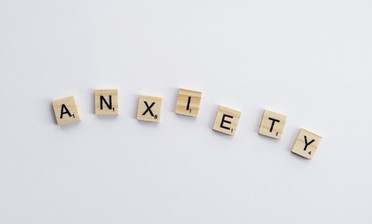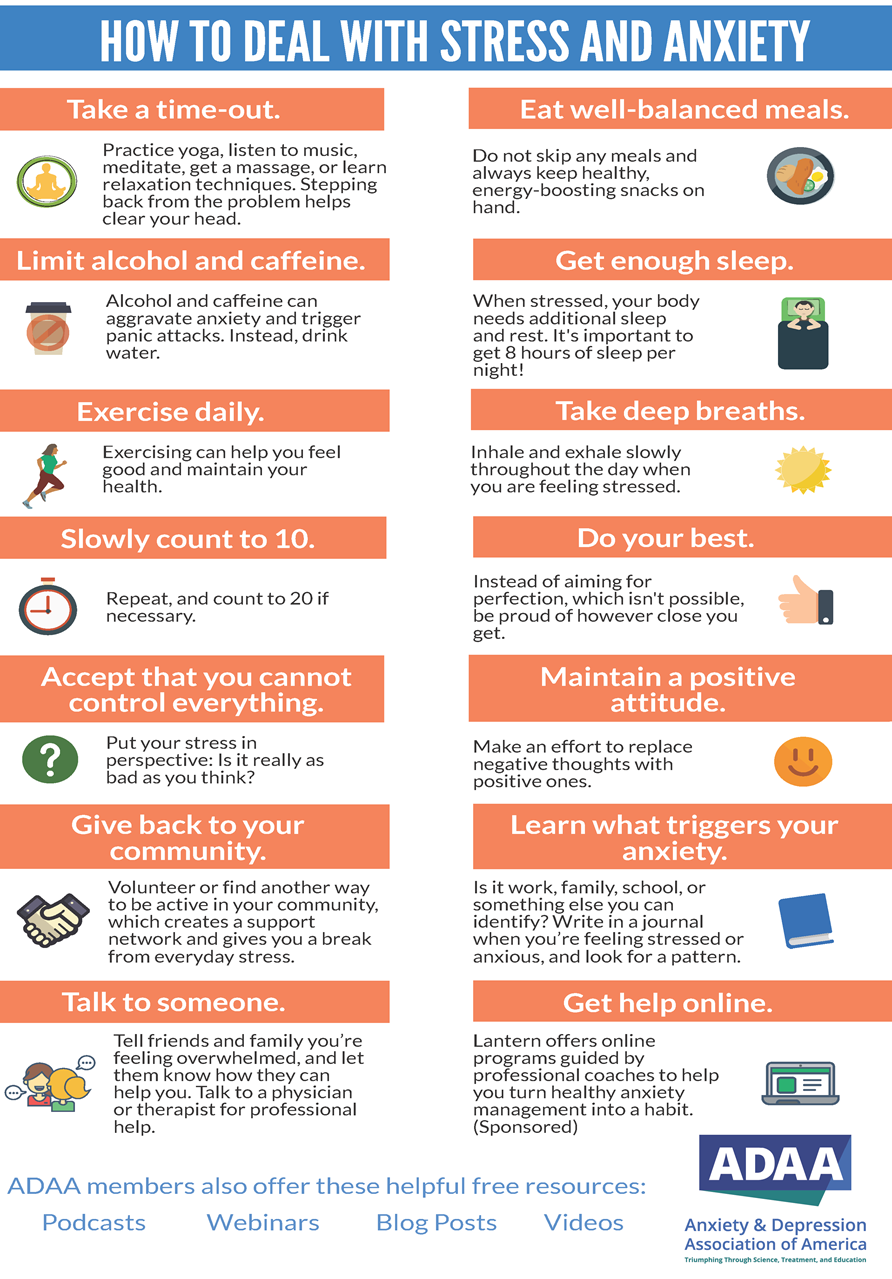In March 2020, the COVID-19 pandemic grabbed America with an unprecedented grip. As pieces of everyday life shut down, many schools switched to remote learning to educate students.
The past couple of years were filled with uncertainty, online learning and perhaps hybrid in-person/online schooling. Students feeling any kind of anxiety, or extra anxiety, during this time shouldn’t feel like they’re alone.
 “I think connection is just one of the most important pieces in our lives,” said Julia Messenger, Anoka-Hennepin School District assistant director of student services for mental health. “As humans, we are wired for connection. And the pandemic really abruptly stopped a lot of that.
“I think connection is just one of the most important pieces in our lives,” said Julia Messenger, Anoka-Hennepin School District assistant director of student services for mental health. “As humans, we are wired for connection. And the pandemic really abruptly stopped a lot of that.
“Our typical connections with classes, even with just every day being around a lot of different people has shifted, and so I think we have found some new sense or new normal.”
Anxiety falls on a spectrum, according to Messenger. There’s general anxiety for any experience in life, and more specific anxiety that can affect someone’s functioning in daily life, Messenger said.
Everyone gets nervous in certain situations, but anxiety is something that’s more repetitive, said Ashley Wright, school counselor at Gordon-Reed Elementary School in Texas.
Talk openly about how you are feeling
One of the important things to do is talk about, and also normalize, the feelings of worry a student might have. Being willing to talk openly with others about those feelings is a big step.
“The other thing with anxiety is sometimes… we don’t recognize the physical way that anxiety shows up in our body,” Messenger said. “So paying attention to when you start to have stomachaches… or headaches, or feeling like your hands are twitchy or your body feels on the go.”
With the pandemic in particular, there were a lot of shifts for students in how they could connect with their peer groups and reset their lives in many ways, according to Messenger. The energies of households also factored into anxiety during the pandemic, Wright said, since early on, families were all together working and schooling from home.
“Parents (were) escalated,” Wright said. “Meaning feeling escalated or feeling anxious or feeling nervous… because they’re used to working and providing for the family, then that energy has trickled down to our students.”
So how can students cope with the various anxieties? First, talking about it is always OK, whether that’s with a best friend, a teammate, a teacher or trusted adult.
“I always say think of five people that you can lean into with different things,” Messenger said. “Because we can’t always rely on the one. And everyone meets different needs in our lives.”
Find space to pause
 Wright tells her students dealing with anxiety that it’s really important to pause. Find a space to simply sit without any music, TV or cellphones as distractions.
Wright tells her students dealing with anxiety that it’s really important to pause. Find a space to simply sit without any music, TV or cellphones as distractions.
“What I mean by pause is just taking a side of time, even if it’s one minute… of doing nothing and really, really letting yourself just be still,” Wright said.
Another thing to keep in mind with anxiety is a student knowing what his or her body is telling them. Anxiety might show up in a way where someone feels on-edge and doing something more physical, such as running or an outdoor activity, could help move the body through that.
“Because sometimes we try to settle ourselves too soon before we let that anxiousness move through,” Messenger said. “And that can be kind of harmful, because we hold it in different ways.”
A good practice is for students to think about what they need and what helps them when they’re feeling anxious. And then don’t give up on what works for you, Messenger said.
Breathing exercises calm
Breathing exercises are another way to help calm the body through anxious feelings.
“Focus on breathing out slow,” Wright said. “Like very slow, as slow as you can. Because what happens is, is that as you release that oxygen from your brain, it’s almost like training your brain to really calm down and just focus more on the breath than the situation at hand.”
There are plenty of phone apps that students could try for these exercises. Even counting your fingers in the car as you’re holding the steering wheel, lifting each finger up and breathing, could help with some of these stressful feelings, according to Messenger.
Society has come a long way in talking about anxiety and mental health, according to Messenger.
“We’re living in a different time and season where we’re noticing all of each other, and all of us need different things,” Wright said. “Even though anxiety is something that sometimes may be invisible as far as the illness itself, not really talking about the symptoms, we all need to do and hear different things and use different supports. It’s just how we get through life.”

Source: adaa.org
